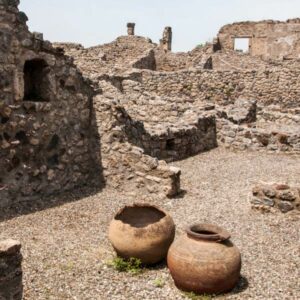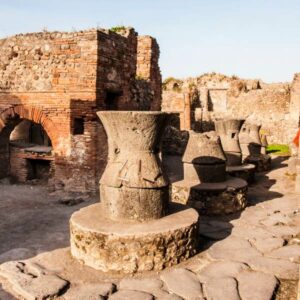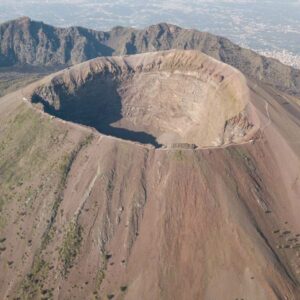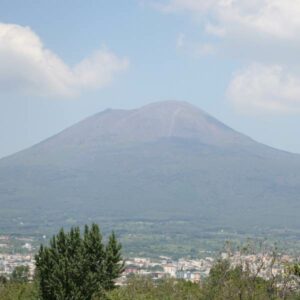
Beneath Vesuvius: Pompeii’s Prosperity and Peril
Introduction In the shadow of Mount Vesuvius, the ancient city of Pompeii flourished, its inhabitants blissfully unaware of the lurking peril. This article explores Pompeii’s geological advantage and the inherent risk associated with its close neighbor, the seemingly dormant Vesuvius,





